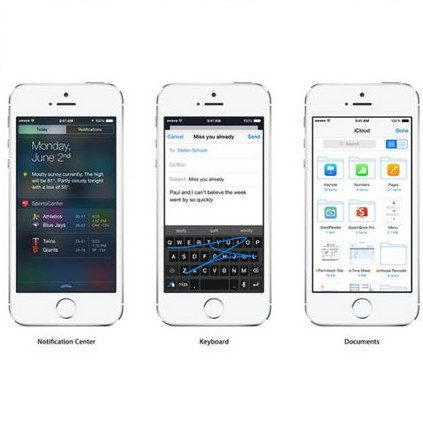Item-to-item collaborative filtering (aka. item-based CF) has been long used for building recommender systems in industrial settings, owing to its interpretability and efficiency in real-time personalization. It builds a user's profile as her historically interacted items, recommending new items that are similar to the user's profile. As such, the key to an item-based CF method is in the estimation of item similarities. Early approaches use statistical measures such as cosine similarity and Pearson coefficient to estimate item similarities, which are less accurate since they lack tailored optimization for the recommendation task. In recent years, several works attempt to learn item similarities from data, by expressing the similarity as an underlying model and estimating model parameters by optimizing a recommendation-aware objective function. While extensive efforts have been made to use shallow linear models for learning item similarities, there has been relatively less work exploring nonlinear neural network models for item-based CF. In this work, we propose a neural network model named Neural Attentive Item Similarity model (NAIS) for item-based CF. The key to our design of NAIS is an attention network, which is capable of distinguishing which historical items in a user profile are more important for a prediction. Compared to the state-of-the-art item-based CF method Factored Item Similarity Model (FISM), our NAIS has stronger representation power with only a few additional parameters brought by the attention network. Extensive experiments on two public benchmarks demonstrate the effectiveness of NAIS. This work is the first attempt that designs neural network models for item-based CF, opening up new research possibilities for future developments of neural recommender systems.
翻译:由于在实时个人化中具有可解释性和效率,在工业环境中建立建议系统长期使用项目到项目的合作过滤法(aka. 以项目为基础的CF),由于在实时个人化中具有可解释性和效率,因此在工业环境中建立建议系统方面使用长期使用项目到项目的协作过滤法(aa. 以项目为基础的CF)长期以来一直使用项目到项目的合作过滤法(aka. 以项目为基础的CF)的钥匙。早期方法使用类似性和皮尔逊系数等统计措施来估计项目相似性,因为没有为建议任务量身定制的优化,因此在工业环境中建立建议系统的建议系统(a.a. ) 试图从数据中学习项目的相似性。近年来,一些工作尝试试图通过优化建议项目- 将项目作为基本模型的模型,并估算模型参数参数参数参数。虽然为学习项目相似性的CFCFM方法的相似性,但相对较少的工作是探讨项目非线性神经网络模型。我们的项目基础的Neuroralal-stitive 基础的网络设计中,这个关键的网络模型显示的是更精确的网络模型,它是一个重要的SFIFIFIFIFI 的模型系统,它是一个重要的预测方法,用来分析系统中的重要项目,它是一个重要的数据序列中的重要的实验项目。





